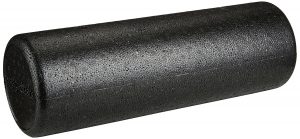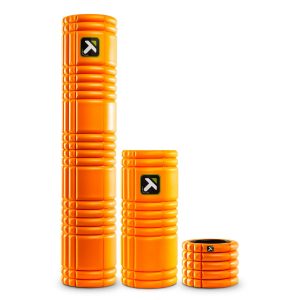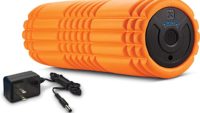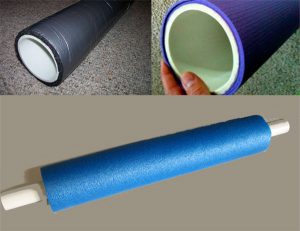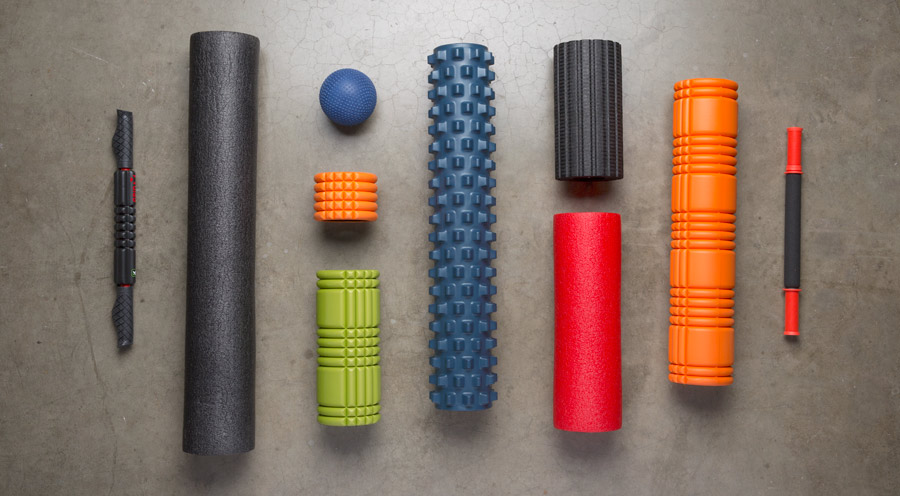 Hey everybody! Foam rolling is one of my favorite things to do because it allows me to self-massage large areas of my body very effectively and efficiently. The focus of this post is to help you make a better decision for which foam roller is right for you!
Hey everybody! Foam rolling is one of my favorite things to do because it allows me to self-massage large areas of my body very effectively and efficiently. The focus of this post is to help you make a better decision for which foam roller is right for you!
Wait, I never tried a foam roller, how do they work?
If you’re not sure how foam rollers work or why they’re so amazing, check out my blog post on how I use my foam roller! They are quite life-changing for many people to the point of making them part of ones daily routine and even traveling with them to stay feeling great because it’s like getting free massages for life!
The way it works is that the pressure from your own bodyweight on top of this cylinder helps to knead/massage the muscles causing them to relax. It works wonderfully on the upper back, thighs, calves, and neck. For the rest of the body, I use a lacrosse ball and the ArmAid for my forearms but the focus for this article is on foam rollers, so that you could make a better decision on which one is right for you.
Side Note: Some people think foam rollers are used to increase flexibility. That’s not why I use it. I don’t foam-roll to increase flexibility. I use these self-massage tools because they help me to feel GREAT, especially after working out or sitting all day. But in regards to flexibility, I rely on stretching and yoga, not foam-rolling. Why should I trust your opinion?
Why should I trust your opinion?
I have been touting foam rollers and trying different ones for 8 years now. I often make clients and friends try them (because I’m so evil, you’re welcome) and I take mental notes of how different kinds of people respond to the different kinds of rollers I throw at them. I am here to share that information with you so that you could make a more informed decision on what to choose!
Which foam roller you should get depends on your experience with foam rolling (or deep tissue massage) and your pain tolerance.

When you’re a beginner, foam rolling can be quite intense. It produces the kind of pain that “hurts so good.” It’s painful at first as it puts pressure on muscle-knots and depending on the hardness of the roller, it might too intense. So, if you get one that’s too firm and aggressive, it might not be the ideal roller for you. On the other hand, if someone has used them a lot, they will crave for a firmer roller to get more pressure out of it. That is why I give two ratings for all the rollers below, one for beginners and one for the experienced users. The more you foam roll, the less painful it will feel over the months or years and more enjoyable, especially for the thighs, which feel like murder initially.
Your bodyweight makes a difference, too.
Since foam rollers provide pressure by you putting your own bodyweight on it, the pressure will feel more extreme if you’re overweight relative to someone who is of normal weight (or underweight) and you may want to start with a softer version if that is the case. (Wearing a sweater or pants also dulls the sensation, so that’s another way to reduce the pressure if you’re sensitive.) Even if a person is not overweight, but simply very tall (and therefore relatively heavier), they will feel more pressure than their shorter brethren as well.
Foam rollers vary dramatically in their construction
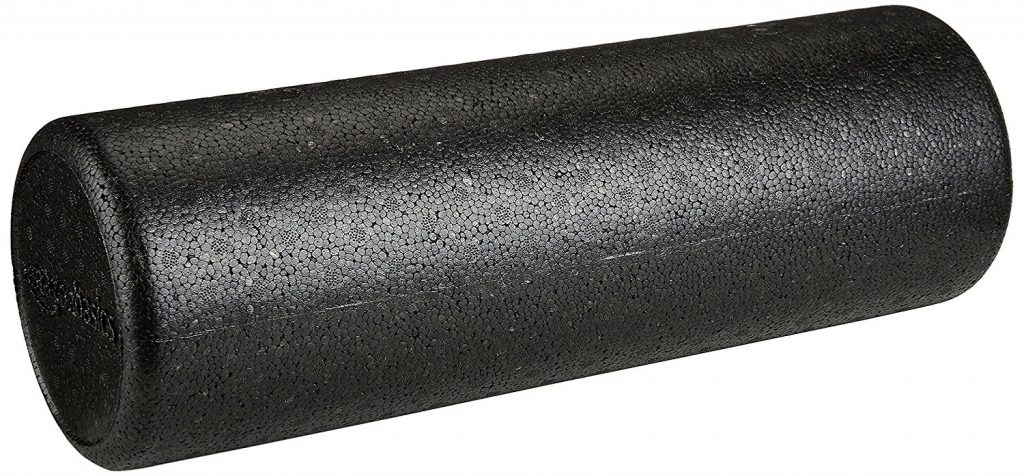
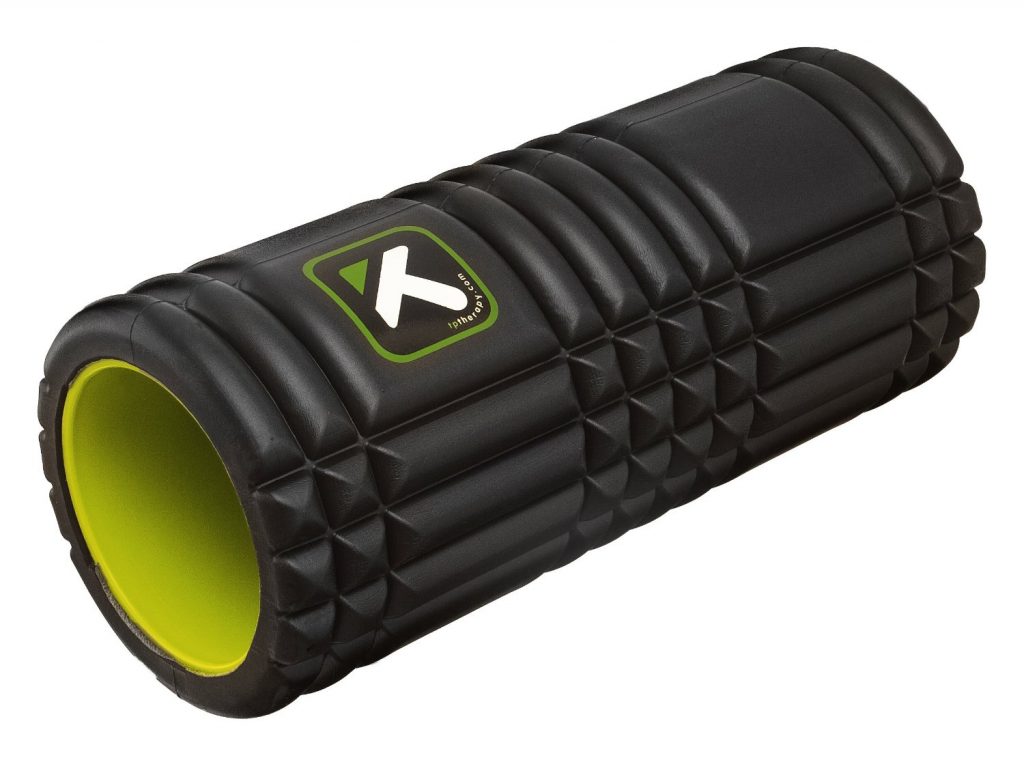

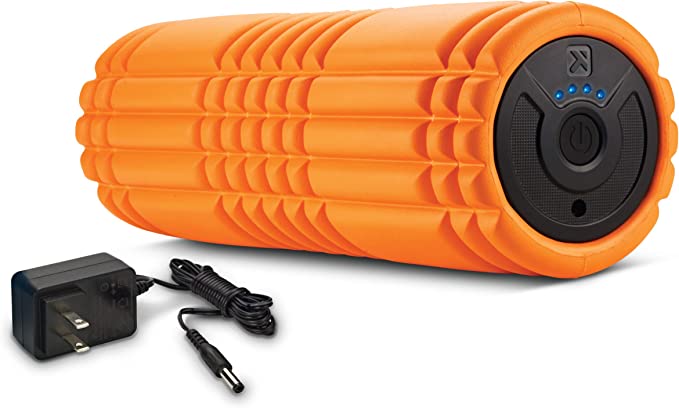

Now that we know the major types of foam rollers, let’s explore their pros and cons!
Click on any of the following tabs to expand the full review:
So… which one should I get?
I’m going to keep this really simple. I will give the following 3 recommendations:
1. I’m new to foam rolling and want something effective but not too aggressive:

2. You’re experienced and want more pressure or something more aggressive:
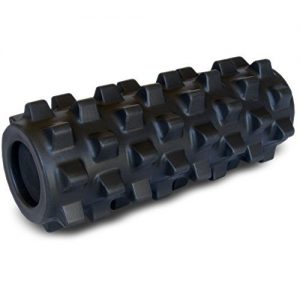
3. You want the most technologically advanced foam roller and money isn’t a factor:
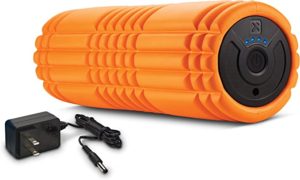
Well I hope that helps! And if you buy a roller due to me, let me know how you like it! And if you’re a company that makes a roller that you think I should review that sets itself apart from all the rest in a novel way, please contact me!
